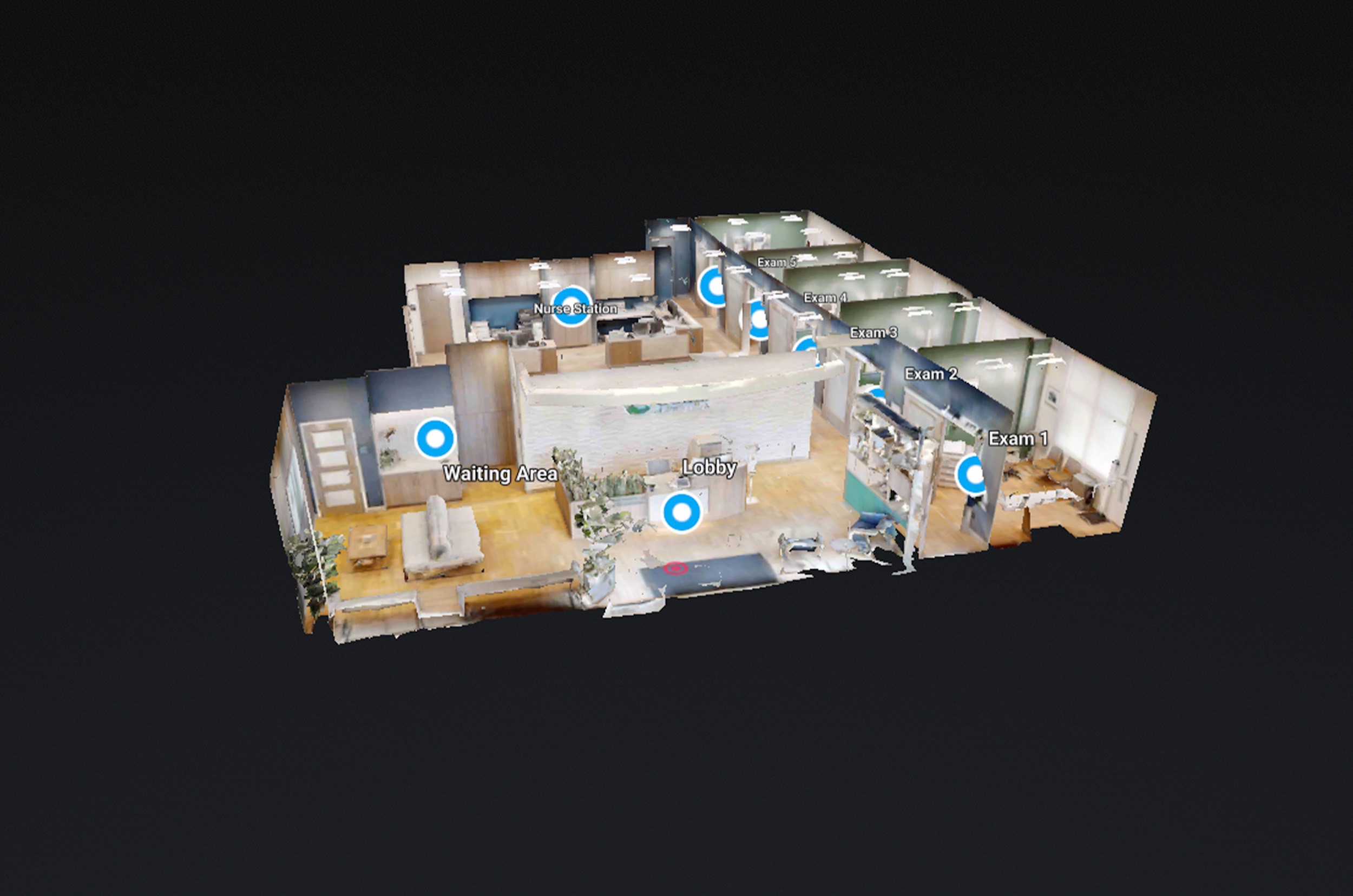In the dynamic landscape of real estate and property management, the pursuit of accuracy and efficiency is paramount. The Matterport 3D technology has surged to the forefront as a pioneering tool that enables seamless documentation and precise measurement of properties. However, the potential applications of this technology are vast and yet to be fully explored. Let us delve deeper into the innovative ways in which Matterport 3D tours can revolutionize property documentation and measurement, opening doors to new dimensions of accuracy and detail.
1. Facilitating Detailed Inventory Records
Beyond simple measurement and layout documentation, Matterport 3D tours can assist in creating detailed inventory records. By capturing high-resolution images of every corner of a property, you can have a comprehensive record of assets, fixtures, and fittings, which can be tagged and catalogued directly within the tour.
2. Integration with BIM Software
Leverage the potential of Matterport by integrating it with Building Information Modeling (BIM) software. This allows for a more complex and layered approach to property documentation, where data from 3D tours can be used to create a dynamic model that can be manipulated and analyzed in various ways.
3. Enhancing Energy Efficiency Analysis
Employ Matterport 3D tours to conduct a more thorough analysis of a property’s energy efficiency. By providing detailed spatial data, it can aid in the analysis of lighting, insulation, and heating systems, enabling more nuanced energy assessments and suggestions for improvements.
4. Utilizing Virtual Reality for Immersive Inspections
Upgrade property inspections by integrating Matterport 3D tours with virtual reality (VR) technology. This allows stakeholders to conduct virtual walkthroughs, experiencing the space in a more immersive manner and potentially identifying issues or areas for improvement that might not be noticeable in traditional 2D documentation.
5. Enhancing Accessibility and Inclusivity
Using Matterport 3D tours for documentation can also contribute to enhancing accessibility in property design. Through detailed spatial representations, architects and designers can analyze spaces for potential accessibility enhancements, thus fostering inclusivity in property design.
Conclusion
As we venture further into the era of digital innovation, the role of Matterport 3D tours in property documentation and measurement is set to evolve dynamically. By embracing new methodologies and integrating supplementary technologies, we can witness a revolution in how properties are documented and measured.
Let us welcome this new chapter with an open mind, ready to explore the myriad opportunities that this technology promises to usher in the realms of property management and real estate.







